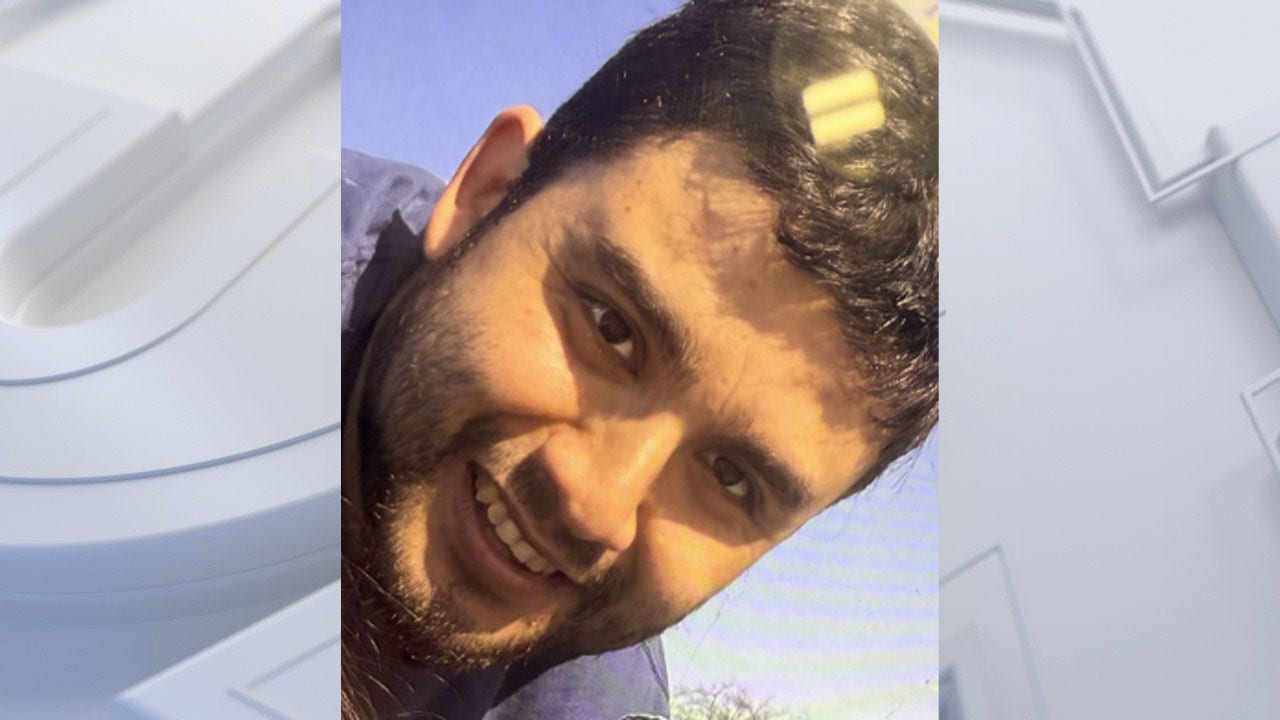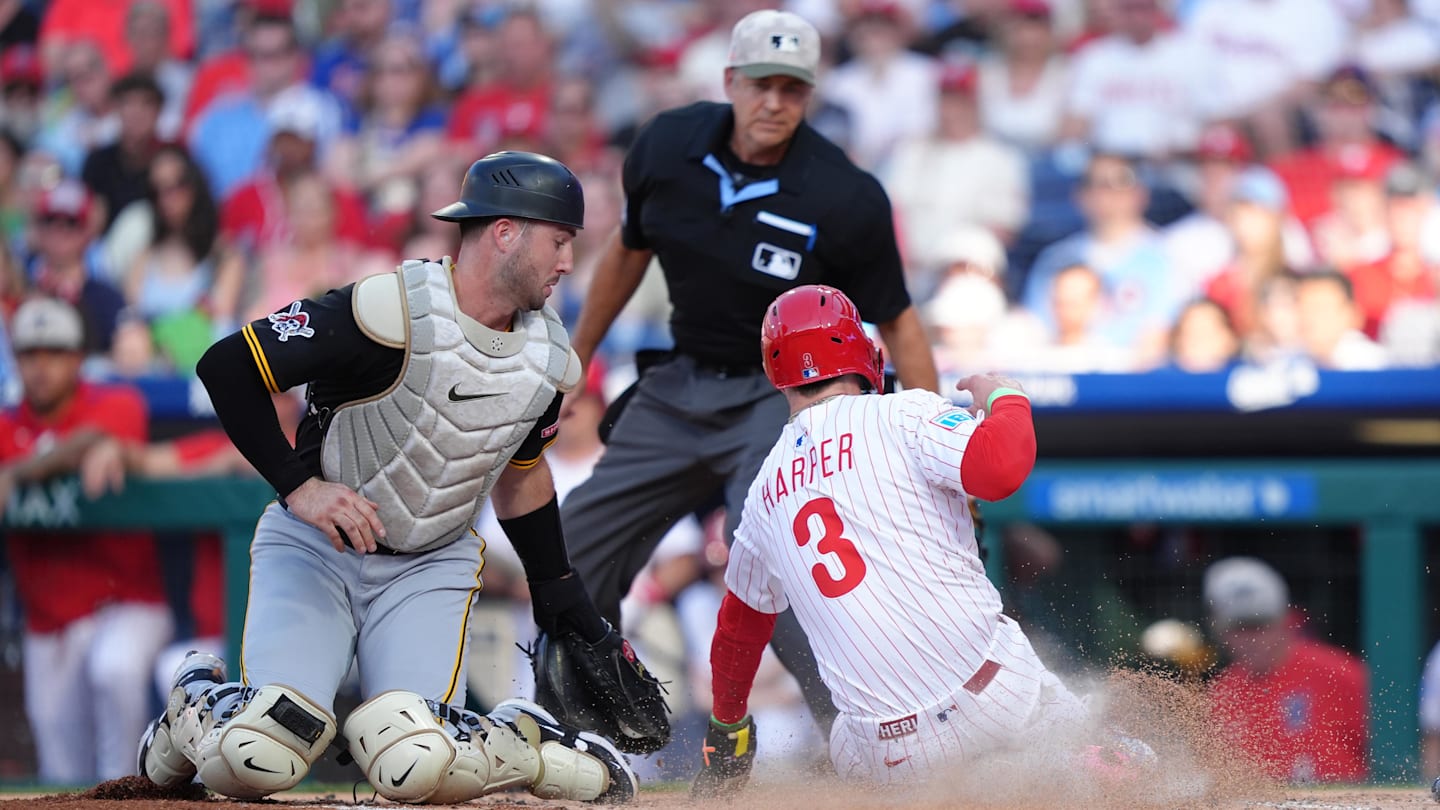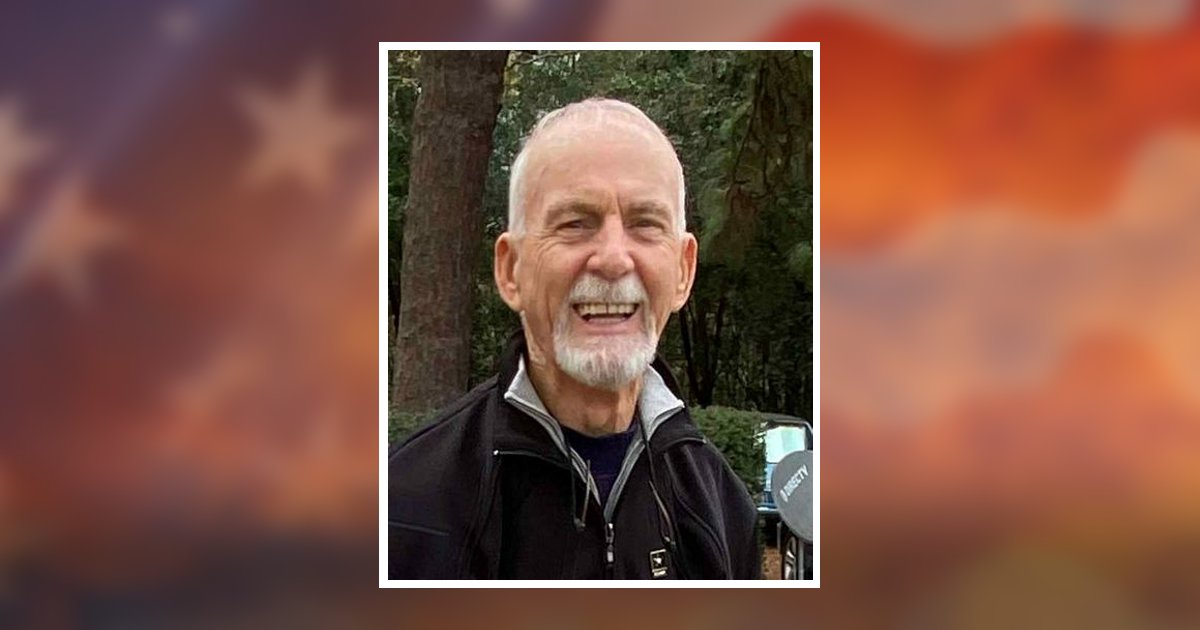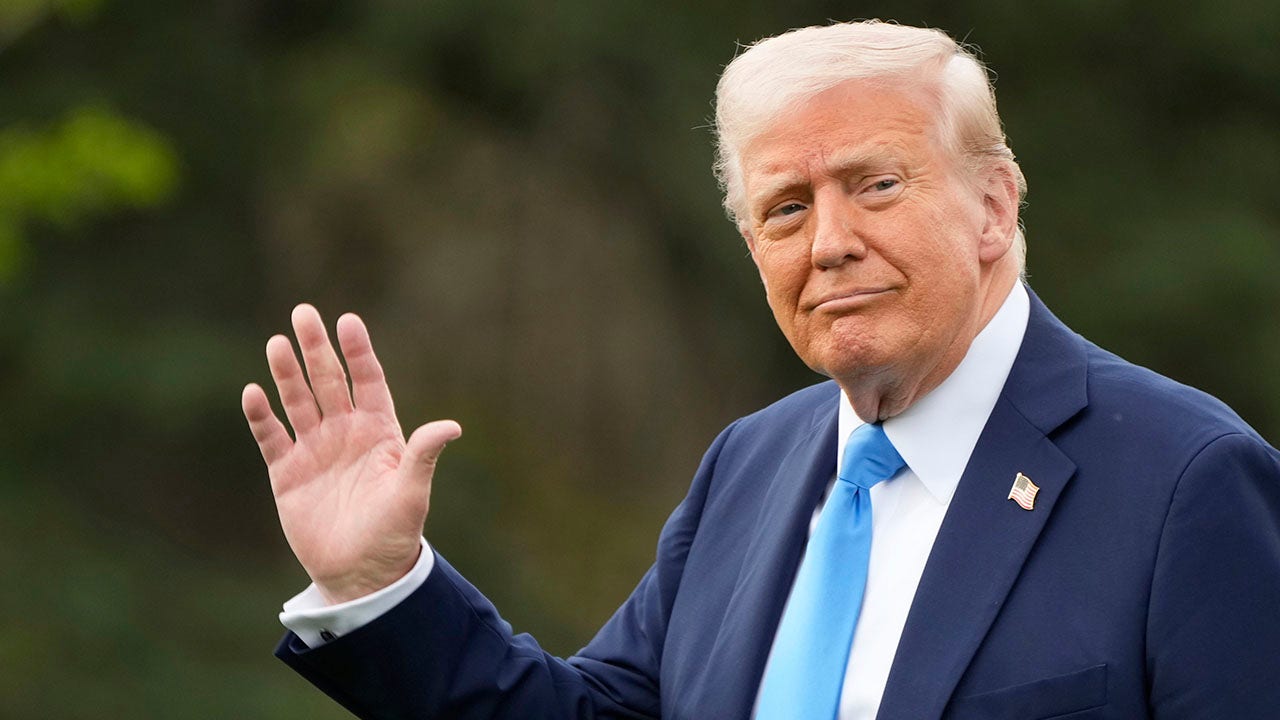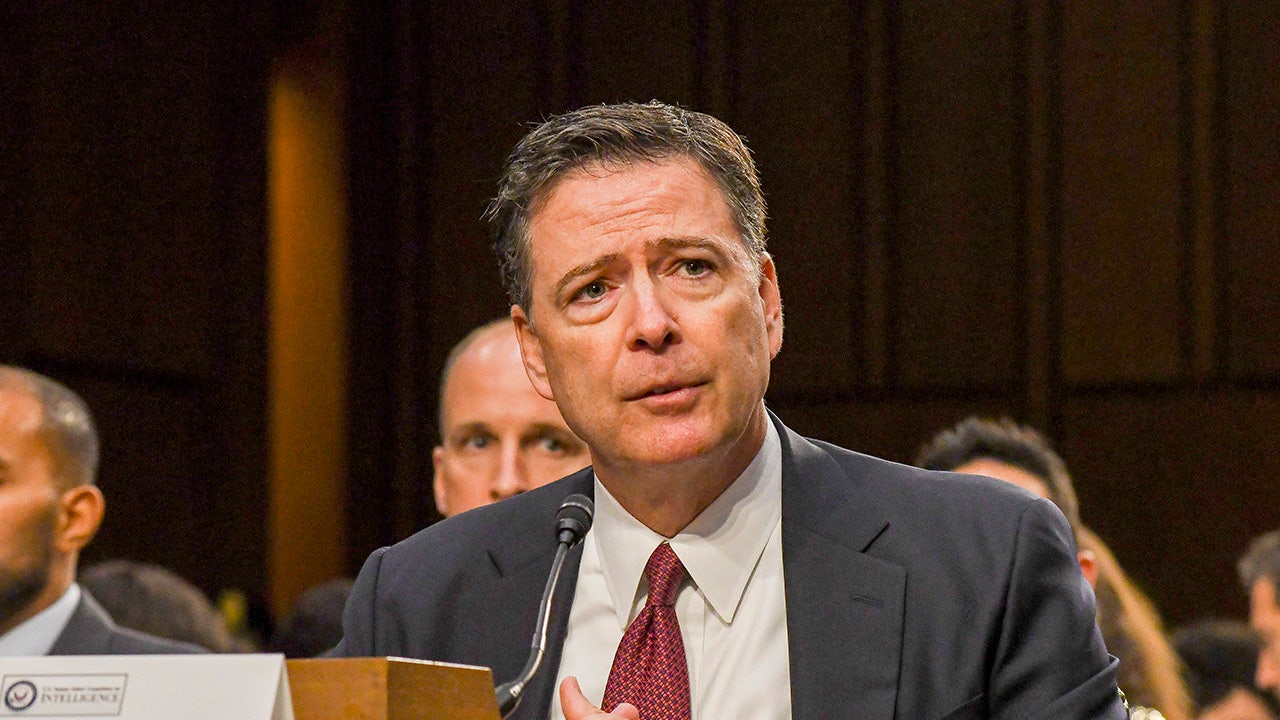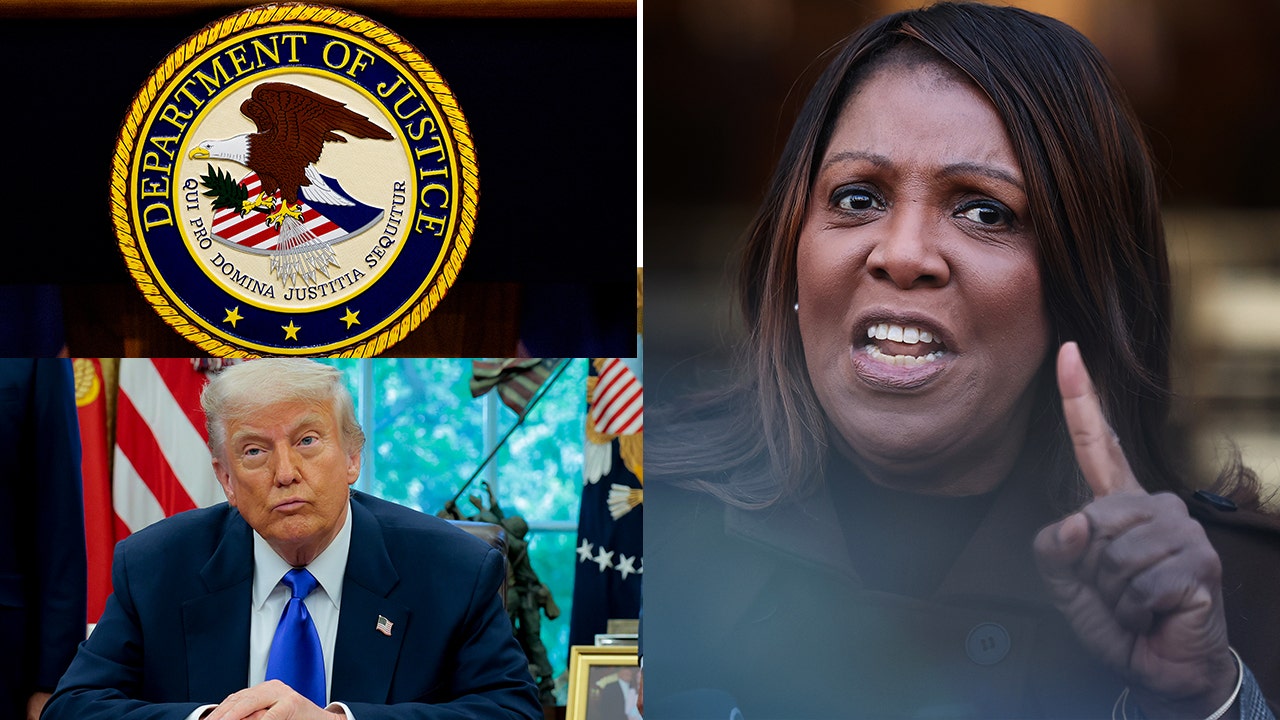Wall Street stocks dropped on Friday as signs of strain among American consumers added to worries the US is heading for a bout of stagflation.
A batch of data on Friday added fresh evidence that consumers are growing deeply concerned about how Donald Trump’s sweeping tariffs will affect the world’s largest economy, while a separate report showed the Federal Reserve’s preferred inflation measure rose in February.
The gloomy data comes at a time when investors are worried that Trump’s trade levies combined with a broader sense of uncertainty will hurt US economic growth while also increasing price pressures. The new reports sent investors rushing away from US equities and into havens.
Wall Street’s blue-chip S&P 500 was down 2 per cent during mid-afternoon trading on Friday while the tech-focused Nasdaq Composite was 2.6 per cent lower. US government debt rallied, pushing the 10-year Treasury yield down 0.11 percentage points to 4.26 per cent.
“US data is only inflaming stagflation fears,” said James Knightley, an economist at investment bank ING. “Hot inflation and cooling consumer spending are trends that are likely to be intensified by President Trump’s aggressive moves on tariffs and government spending cuts.”
A survey by the University of Michigan released on Friday showed that consumer sentiment plunged in March as Americans worried about their job prospects, inflation and income levels. Households also forecast inflation over the long term of 4.1 per cent, the highest since 1993.
“This month’s decline [in sentiment] reflects a clear consensus across all demographic and political affiliations,” the University of Michigan said.
It added: “Republicans joined independents and Democrats in expressing worsening expectations since February for their personal finances, business conditions, unemployment and inflation.”
Consumer spending, meanwhile, rose 0.4 per cent last month, a reversal from January’s 0.3 per cent decline, but not as strong as the 0.5 per cent increase economists forecast, a separate report from the US Bureau of Economic Analysis showed.
Pantheon Macroeconomics’ senior US economist Oliver Allen said the consumer spending data was “disappointing” and that an “underlying slowdown in demand growth also seems to be under way”.
Goldman Sachs cut its forecast for first-quarter GDP in response to the weak data, by 0.4 percentage points to an annualised growth rate of 0.6 per cent, citing “softer than expected” personal spending growth in February and a downward revision to January’s figure.
The Atlanta Fed also cut its running forecast for first-quarter GDP to show a contraction of 2.8 per cent on an annualised basis, compared with 1.8 per cent as recently as Wednesday. Its model has contrasted with Wall Street banks, which broadly still expect growth in early 2025.
The BEA’s report on Friday also showed that the core reading of the personal consumption expenditure (PCE) price index was up 2.8 per cent in February from a year ago.
Economists expected the index, a measure that is closely watched by the Fed which strips out food and energy, to be up 2.7 per cent, unchanged from January’s upwardly revised rate. The main PCE index rose 2.5 per cent last month, unchanged from January.
The Fed earlier this month boosted its forecast for inflation and cut its growth outlook. Fed chair Jay Powell said at the time that the US economy was still in good shape and the central bank did “not need to be in a hurry” to cut interest rates after reducing them by 1 percentage point last year.
However, the president of the Chicago branch of the Fed, Austan Goolsbee, told the Financial Times this week that the central bank was no longer on the “golden path” of 2023 and 2024 when inflation appeared to be returning to the 2 per cent target without derailing economic growth or lifting unemployment.


